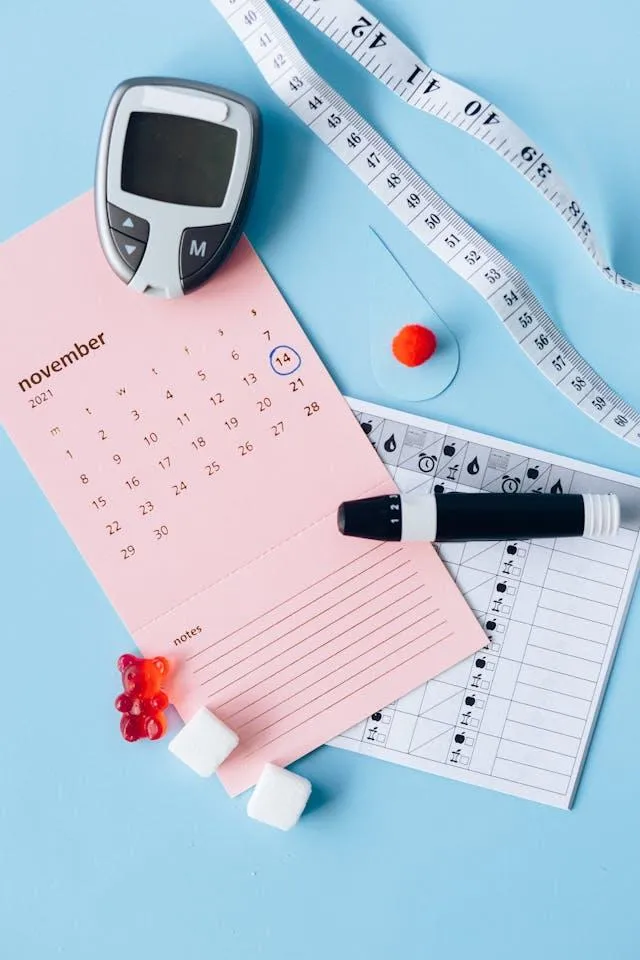Are you overlooking these 10 warning signs of type 2 diabetes? Find out now

Discover the ten early signs of type 2 diabetes that could hold the key to protecting your health before it’s too late.
Image: Nataliya Vaitkevich/Pexels
Diabetes, often called the “silent epidemic,” affects over 4.3 million South Africans, according to the South African Diabetes Foundation, with 90% of cases being type 2 diabetes.
This condition, linked to lifestyle factors such as a poor diet, lack of exercise, and excess weight, can develop gradually and often go unnoticed for years.
Diabetes is often preventable and, in some cases, even reversible with early intervention and simple lifestyle adjustments.
Ahead of World Diabetes Day, on November 14, let’s shine a light on 10 early signs of type 2 diabetes that often slip under the radar. Recognising these warning signals early could make all the difference not just for your health, but for your quality of life.
1. Frequent urination: Are you always running to the bathroom?
If you find yourself waking up multiple times at night to use the bathroom or constantly seeking out restrooms during the day, it could be more than just a hydration issue. High blood sugar levels cause your kidneys to work harder to filter out excess glucose, resulting in increased urination (polyuria).
If this symptom persists, it’s worth getting your blood sugar levels checked.
2. Unquenchable thirst
Do you still feel thirsty even after drinking water? Excessive thirst (polydipsia) often goes along with frequent urination. As your body loses more fluid through urine, you get dehydrated and keep wanting to drink more.
Endocrinologists, explain, this cycle of dehydration and thirst is one of the most common red flags of undiagnosed diabetes.
3. Hunger that doesn’t quit
It’s normal to feel hungry after skipping a meal, but persistent, extreme hunger (polyphagia) could be a symptom of diabetes. When your body struggles to move glucose from your bloodstream into your cells for energy, it craves more food even though it’s not effectively using the calories you’re consuming.
4. Unexplained weight loss
Dropping weight without trying might sound like a dream come true, but it could signal trouble. With diabetes, your body starts breaking down fat and muscle for energy because it can’t access glucose effectively.
Although this is more common in type 1 diabetes, it can occur in type 2 diabetes as well. If you’re losing weight without any changes to your diet or exercise routine, it’s worth investigating.
5. Fatigue that won’t go away
We all feel tired sometimes, but diabetes-related fatigue is different. When your body can’t use glucose for energy, you’re left feeling drained, no matter how much rest you get. Dehydration from frequent urination can also contribute to this unrelenting exhaustion.
Incorporating balanced meals and staying hydrated can help manage energy dips, but don’t ignore persistent fatigue; it’s a sign to consult your doctor.

In South Africa, over 4.3 million people are living with diabetes, often tagged the “silent epidemic.
Image: Nataliya Vaitkevich/Pexels
6. Blurry vision
Ever notice your vision going blurry, only for it to clear up again? High blood sugar can cause fluid to shift in and out of your eye’s lenses, temporarily affecting your ability to focus.
This type of vision change is often reversible once blood sugar levels stabilise. However, long-term high glucose levels can lead to permanent eye damage.
7. Tingling or numbness in hands and feet
Have you ever felt a pins-and-needles sensation that just won’t go away? This could be a sign of peripheral neuropathy, a complication of diabetes caused by nerve damage.
Elevated blood sugar levels over time damage nerves and reduce circulation, particularly in the extremities.
8. Dry, itchy skin
Dry skin is common, but when it’s persistent and doesn’t respond to moisturisers, diabetes could be to blame. High blood sugar levels can affect circulation and pull fluids from your skin, leaving it dry and irritated.
Hydrating from the inside out by drinking water and managing blood sugar levels can improve skin health.
9. Frequent yeast infections
Recurring yeast infections, especially vaginally or in skin folds, could be linked to high blood sugar. Yeast thrives in sugary environments, making those with uncontrolled diabetes more susceptible.
10. Slow-healing wounds or sores
Have you ever noticed a small cut or blister that seems to take forever to heal? Poor circulation and nerve damage caused by high blood sugar levels can impair your body’s ability to repair itself.
Left untreated, even minor wounds can lead to infections or diabetic foot ulcers, which may require intensive medical care.
Type 2 diabetes doesn’t develop overnight, and its symptoms often build gradually. By the time they're noticeable, your body may already be struggling to manage blood sugar effectively.